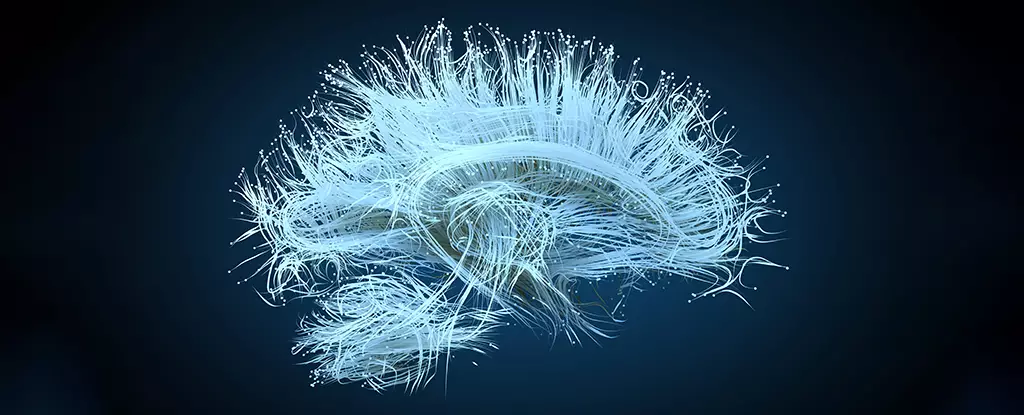The recent study conducted by a team of researchers from the US and Singapore delves into the intricate differences in brain connectivity between males and females, as well as variations based on gender. The study involved 4,757 children aged 9 or 10, with a split of 2,442 assigned male at birth (AMAB) and 2,315 assigned female at birth (AFAB). Through the use of fMRI scans, the researchers analyzed brain activity in these children, correlating the data with responses regarding gender identity and behavior from both the children and their parents.
The study was careful to distinguish between the terms ‘sex’ and ‘gender’, highlighting that sex refers to an individual’s physiological characteristics at birth, while gender pertains to an individual’s attitudes, feelings, and behaviors. It is important to note that sex is not binary, but all participants in this study identified as either male or female. The researchers utilized machine learning algorithms to detect significant differences in brain connectivity based on sex, with additional subtle variations related to gender. These findings emphasize that while there are observable differences in brain activity based on sex and gender, it does not imply that male and female brains are inherently wired differently.
The study’s results indicate that certain conditions, such as ADHD and Parkinson’s, are more commonly diagnosed in AMAB individuals, while anxiety and Alzheimer’s are prevalent in AFAB individuals. It is suggested that gender may play a role in influencing these disparities, alongside biological sex. The researchers emphasize the importance of recognizing and separating sex and gender in medical research to avoid underdiagnosis or misdiagnosis of brain-related illnesses, especially in women, AFAB individuals, and gender minorities who have historically been excluded from research studies.
A key limitation of the study is that the participants had not yet reached puberty, a critical period for the development of gender identity. The researchers acknowledge that the results may differ in older age groups and emphasize the need for further research across diverse populations. Culture and social experiences play a significant role in shaping gender, illustrating the necessity for more comprehensive studies across various countries and ethnic groups. The study suggests a reevaluation of current brain research methodologies to incorporate a broader understanding of sex, gender, and their impact on brain function.
In essence, the study sheds light on the intricate interplay between sex, gender, and brain connectivity, highlighting the need for nuanced approaches to studying these complex relationships. By untangling the influences of biology, environment, and social experiences on the brain, researchers can gain a deeper understanding of the factors contributing to sex and gender differences in brain-related conditions.


Leave a Reply